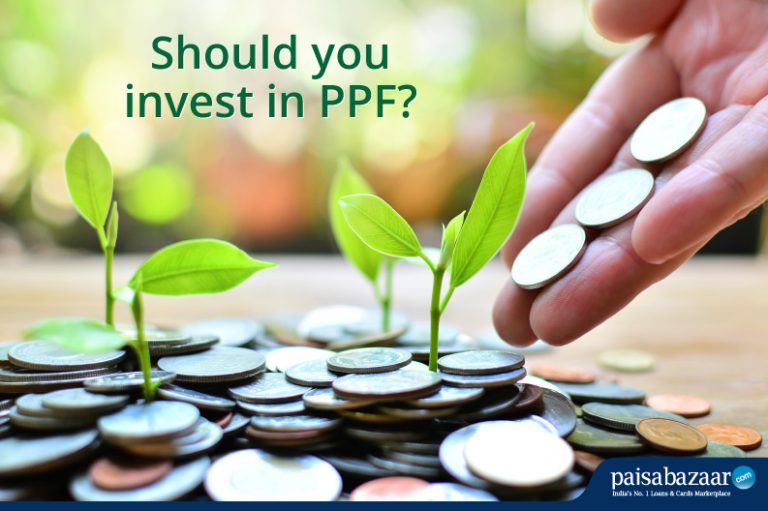Paisabazaar app Today!
Get instant access to loans, credit cards, and financial tools — all in one place
Our Advisors are available 7 days a week, 9:30 am - 6:30 pm to assist you with the best offers or help resolve any queries.
 Get the App
Get the App

Get instant access to loans, credit cards, and financial tools — all in one place

Scan to download on


Public Provident Fund (PPF) is one of the most popular investment avenues to create a long-term retirement fund. Low risk, moderate returns, and added tax benefits are few of the significant factors which make PPF an attractive option for investment. But do these factors make PPF your best bet? Let’s explore.
Though with 7.1% rate of assured returns, PPF fares at par with nominal returns paid by bank fixed deposits (FDs), the additional tax benefits subject to the investment cap of Rs 1.5 lakh offered by PPF makes it look better than the other forms of investments. Also, the PPF deposits are government-guaranteed which makes it safer than financial instruments like FD’s.
The other investment option which is as secure as PPF is government bonds. While bonds at times may offer comparatively higher nominal interest rate than PPF but if the tax benefits are taken into account, the PPF returns look better.
Also Read: PPF Interest Rates: Check Current PPF Interest Rate for October -December 2022
However, it all depends on the risk-reward expectations of the investor along with the time frame of the investments. PPF was basically created to ensure a large retirement corpus so that the contributor has adequate funds at his disposal in the old age. It is fundamentally suited for an individual who is absolutely risk-averse and has long-term gradual investment perspective.
At the same time, if one takes account of the prevailing inflation rate, the adjusted rate of returns on PPF deposits may look meagre. For example, at present inflation rate (CPI) which is hovering around 4%, the adjusted rate of return from PPF turns out to be just 4%.
Further, one may face challenges in terms of short-term liquidity with PPF as it has a very long-term maturity. PPF deposits have a minimum maturity period of 15 years. However, the government has allowed for premature closure of the PPF account on the grounds of medical emergency or education. Moreover, the 1.5 lakh investment cap turnouts to be a serious limitation for a large investor.
Also Read: Things A Smart Investor Must Know Before Investing In PPF
Therefore, for a modern-day smart investor, who is willing to take a moderate risk for decent returns, has multiple avenues of investments including mutual funds either directly or through SIPs or ELSS.
With mutual fund investments, there may not be any short-term liquidity concerns in case of emergency and also the large investors can breathe easy as there is no investment cap with these options. Further, the historical charts suggest that these products have given a comparatively higher rate of returns than PPF.
Conclusively, it can be said that PPF is best suited for the long-term investor who is risk-averse in nature and prefers the stability and safety of his investments than the net returns.
Also, If one is looking for diversification of the portfolio, a part of the individual income can be invested in PPF. However, if you strongly believe that the economic growth of the country is going to sustain in the coming times then an aggressive strategy of investment in PPF may not be optimal in its outcome.